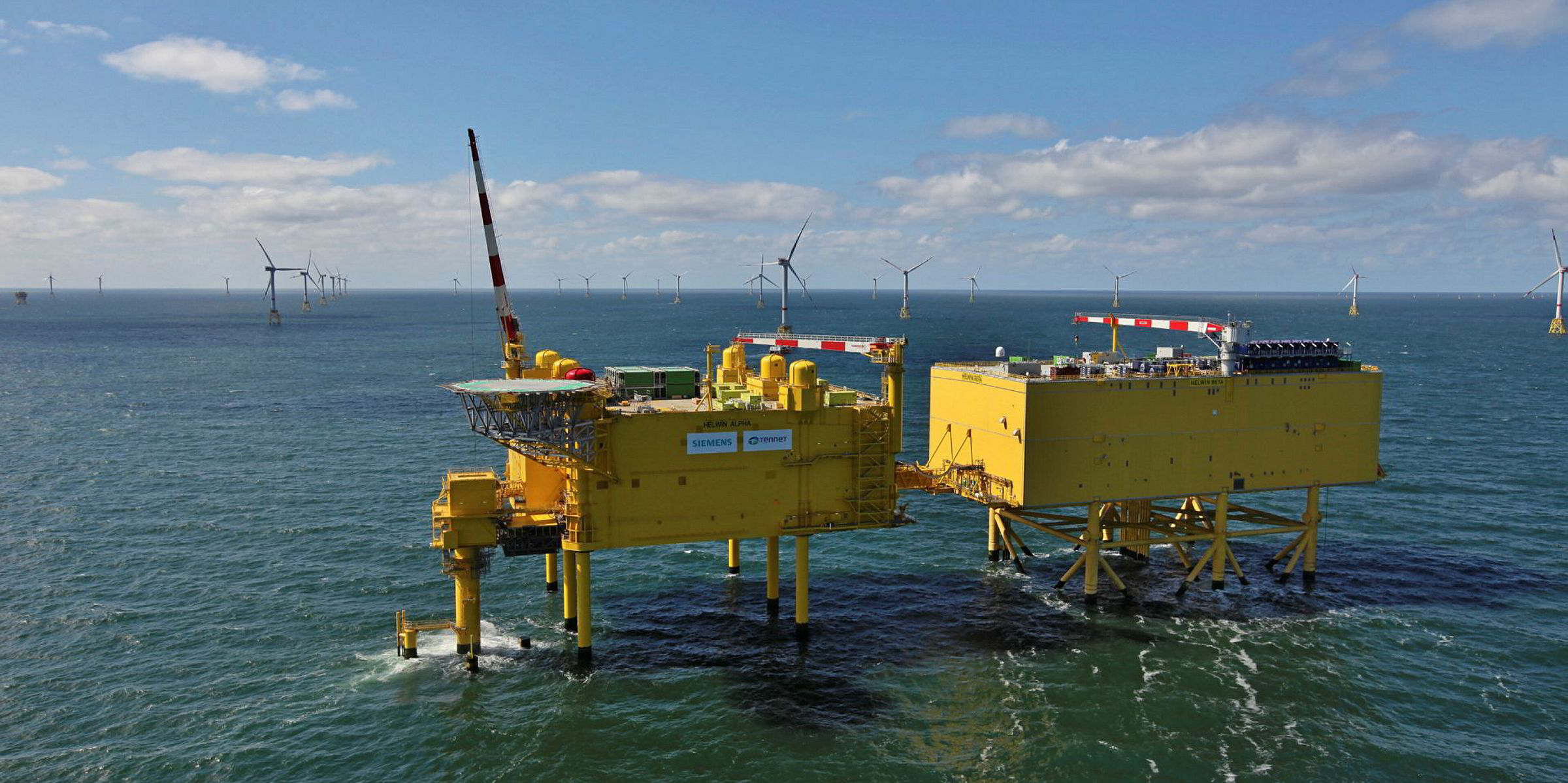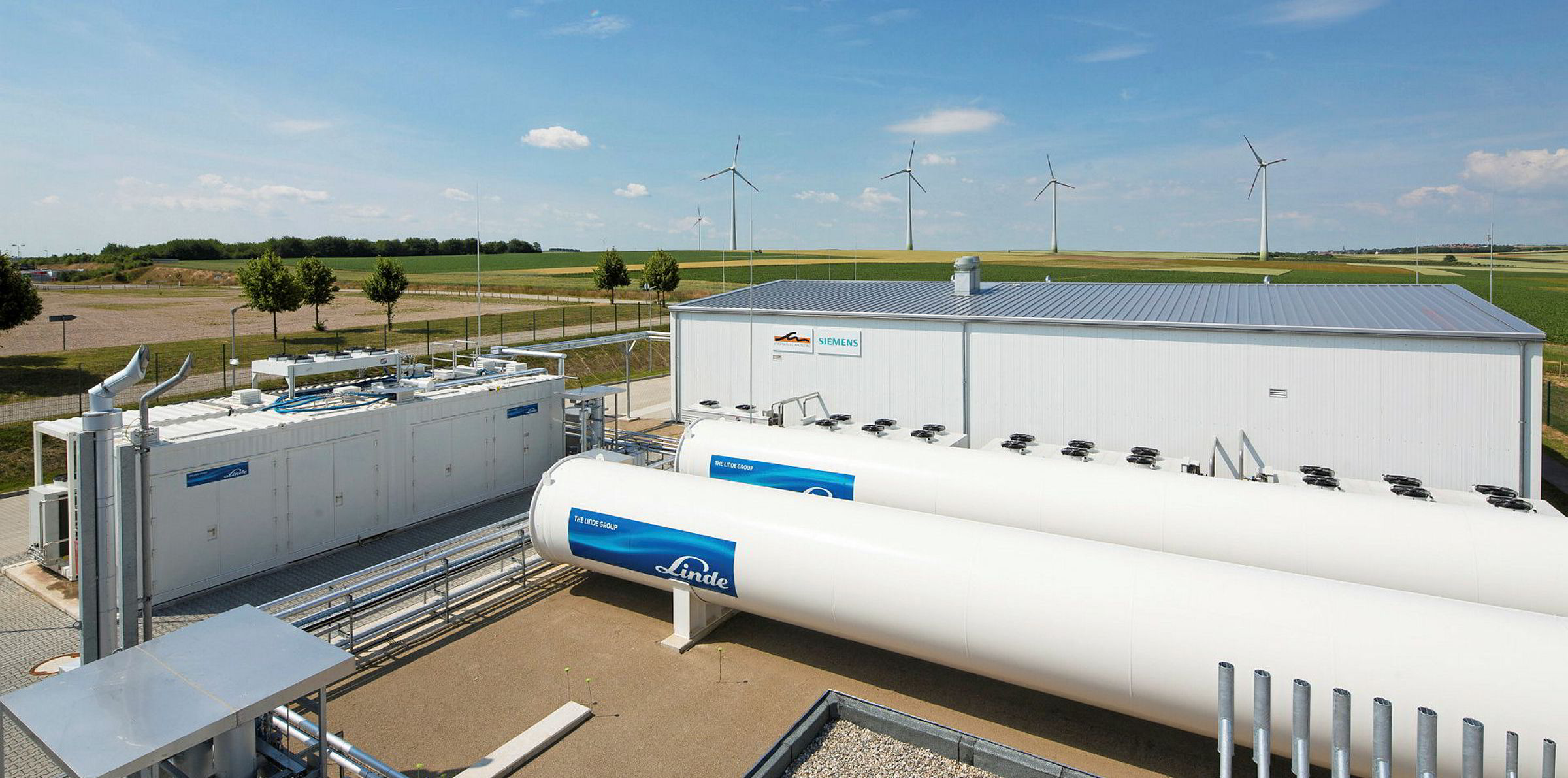Europe’s electricity and gas grids should be more closely interlinked by 2050, and the gas infrastructure must be adapted for the transport of hydrogen to achieve climate targets, a joint study of Dutch-German transmission system operator TenneT and Dutch gas grid operator Gasunie concluded.
According to the study ‘Phase II – Pathways to 2050’ it is important to plan the energy transmission infrastructures for electricity, hydrogen and methane in a timely and integrated manner, also to avoid stranded assets, which would ultimately lead to high costs for energy consumers.
“We need to integrate the gas and electricity grids to achieve the energy policy objectives. To do this we need an integrated European energy system,” TenneT chief executive Manon van Beek demanded.
“National energy transitions are important and will bring the first significant steps towards the expansion of renewables. But if we want the energy transition to be timely and affordable, we will need a close political cooperation within Europe.”
A Europe-wide hydrogen grid will have to be created starting from 2030 based on re-using existing methane infrastructure, the study said.
To provide the necessary long-term storage capacity, power-to-gas will play an important role, the study also said. It estimates a capacity of up to 110GW in Germany and the Netherlands.
“Linking TenneT's network to Gasunie's will provide the flexibility required by the energy system; it will also keep the system reliable and affordable,” said Gasunie chief executive Han Fennema.
The ‘Phase II’ study looks at possible transition paths from 2030 to an integrated energy system in 2050, focussing on Germany and the Netherlands, but also highlighting Europe. It builds up on the ‘Infrastructure Outlook 2050’ published last year by the two network operators.
TenneT and Gasunie both are part of a consortium also including Danish TSO Energienet.dk that plans to build artificial islands in the North SEa that would bundle several massive offshore wind farms, convert part of the power into hydrogen and transport it to land via the existing offshore gas infrastructure.
Green hydrogen produced by dedicated European off-grid offshore wind farms would reach about $2.50 per kg by 2030, a new study by the Hydrogen Council and consultant McKinsey estimates. That compares to an average of about $1.50 per kg for grey hydrogen currently being produced from steam reforming of natural gas.
Germany's economics and energy minister Peter Altmaier according to the Dow Jones news wire in coming weeks plans to present a hydrogen strategy for his country for coming years.
The minister said at a conference in Berlin the strategy would include both the domestic production of green hydrogen from renewables, and imports from potential future low-cost hydrogen producers such as Saudi Arabia.



